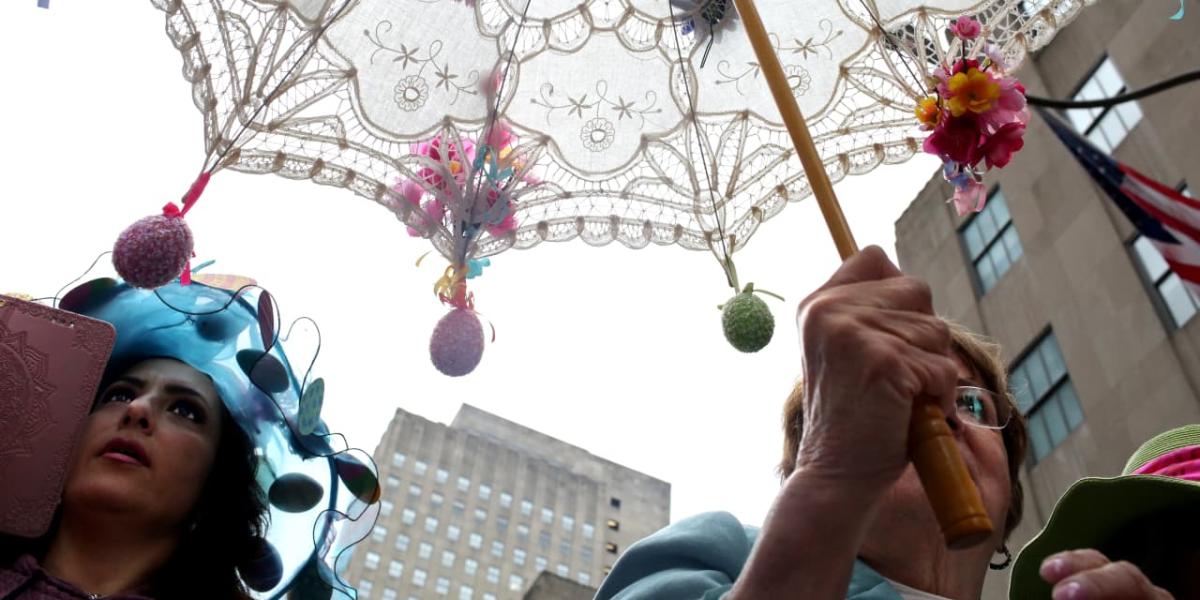Will a thousand-year-old brain that archaeologists dug up in a cemetery in Ypres soon contribute to a breakthrough in the treatment of brain diseases? It is certainly one of the goals of the study into 1,300 brains that were inexplicably preserved.
Friday, March 22, 2024 at 3:35 PM
Brains are among the first soft parts of our bodies to disintegrate and liquefy when we die. “If, as an archaeologist, I find a skull in a grave with the brains rattling, I am shocked. Frankly, we don’t expect brains to be preserved in any environment,” says paleobiologist Alexandra Morton-Hayward of the University of Oxford in the English-language edition of New Scientist magazine.
Although there are exceptions. In Denmark, Tollund Man was preserved for 2,400 years because his body and brain underwent some kind of tanning process. In South America, historians dug up almost entire bodies and brains of people sacrificed by the Incas because they had been freeze-dried. For example, archaeologists also found the preserved brains of victims of the Spanish Civil War in a mass grave because the fatty substances had turned into a form of soap. These are all preservation processes that scientists can explain.
Divine power
However, the 1,300 brains Morton-Hayward collected for her study, some more than 12,000 years old, have been inexplicably preserved. For example, no other soft parts of the body such as skin, muscles or intestine were found in the graves. The fact that only the brain remains and the rest of the soft tissues did not survive history remains a mystery to this day. It probably isn’t a divine power. However, that was the only explanation they could give in the seventeenth century when they excavated Saint Hedwig of Silesia in Poland and her brain was still preserved after 400 years. Today’s researchers are more likely to think that substances such as iron help form more stable molecules in the brain that are more resistant to breakdown. They do not yet have an answer to the questions about how that process works.
Neurology
They hope to one day crack the code, because according to the scientists, the research is not only important to solve the mysteries of history. According to them, it could also have a major impact on the study of treatments for degenerative brain diseases such as dementia and Alzheimer’s, Parkinson’s and Huntington’s diseases. “If we can figure out what happens to the brain after death, we may also be able to shed some light on why our brains age during our lifetime,” he said. So we can place a little bit of our hope on a thousand-year-old brain that was excavated from a cemetery in Ypres and is part of the major research.
Paleobiologist Alexandra Morton-Hayward will study the Ypres brain.
READ ALSO. Six brothers, six huge collectors: “This is certainly the largest collection in the country”


